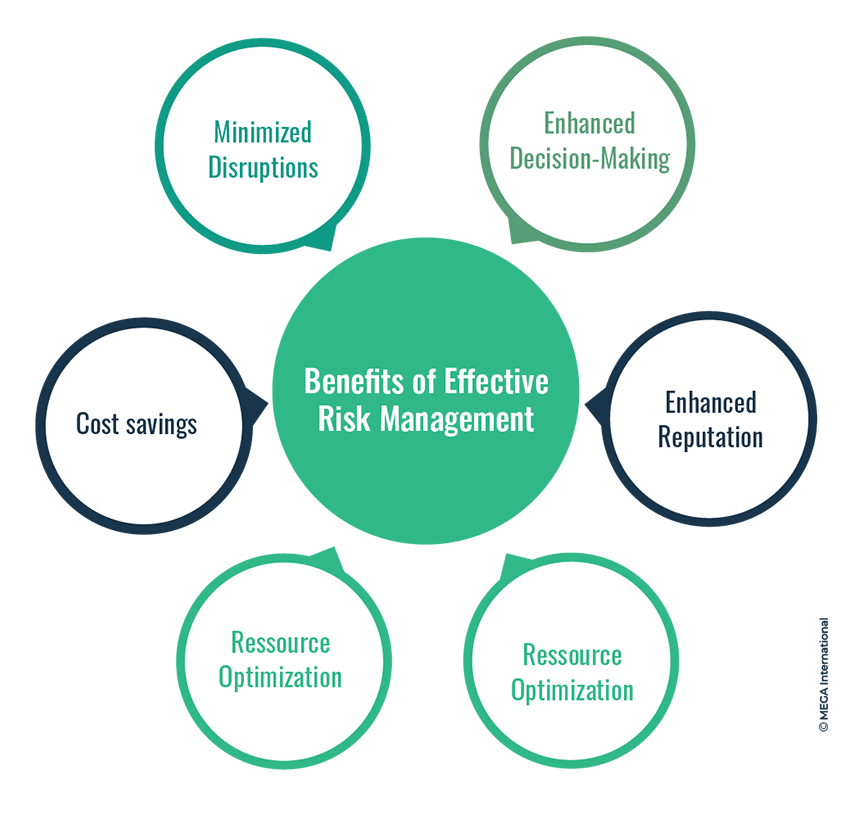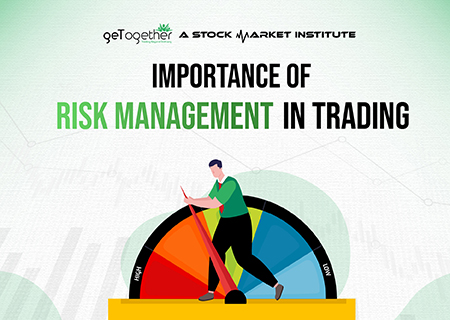Why the Importance of Risk Management Cannot Be Overlooked in Today’s Modern Economy
Why the Importance of Risk Management Cannot Be Overlooked in Today’s Modern Economy
Blog Article
The Value of Comprehending the Significance of Risk Management in Different Industries

The Core Principle of Risk Management and Its Objective
Risk Management, the foundation of numerous industries, pivots on the recognition, assessment, and reduction of unpredictabilities in a service environment. By correctly recognizing possible risks, services can create techniques to either protect against these dangers from occurring or lessen their influence. As soon as threats have actually been identified and assessed, the reduction procedure entails devising approaches to lower their possible impact.
Advantages of Implementing Risk Management in Service Operations

Introducing the Role of Risk Management in Different Industries
While every industry confronts its unique set of threats, the application of Risk Management strategies remains a common measure in their search of sustainability and growth. In the healthcare sector, Risk Management requires making sure person safety and information protection, while in financing, it includes mitigating investment threats and guaranteeing regulatory conformity (importance of risk management). Building and construction firms concentrate on worker safety and security, project hold-ups, and budget overruns. In the modern technology industry, companies minimize cybersecurity hazards and technology obsolescence. Eventually, the role of Risk Management throughout markets is to determine, assess, and alleviate risks. It is an important part of strategic preparation, home allowing organizations to safeguard their possessions, take full advantage of possibilities, and achieve their goals.
Real-life Study Showing Successful Risk Management
To understand the importance of Risk Management in these lots of industries, one can want to numerous real-life circumstances that show the successful application of these measures. As an example, in the power field, British Petroleum developed Risk reduction plans post the 2010 Gulf of Mexico oil spill. They carried out much better safety treatments and more stringent guidelines which considerably reduced additional crashes. In a similar way, in financing, Goldman Sachs successfully navigated the 2008 monetary situation by determining potential mortgage-backed securities threats early. Toyota, publish the 2011 quake in Japan, revised its supply chain Management to minimize interruption threats. These cases demonstrate how markets, picking up from crises, efficiently used Risk Management techniques to reduce future dangers.
Future Fads and Advancements in Risk Management Strategies
As the world proceeds to advance, so as well do the patterns and advancements in Risk Management techniques. Rapid improvements in modern technology and data analytics are reshaping the Risk landscape. Big information and AI are currently important in predicting and alleviating dangers. Organizations are leveraging these tools to construct anticipating models and make data-driven decisions. Cybersecurity, when an outer worry, has actually catapulted to the forefront of Risk Management, with techniques concentrating on detection, reaction, and avoidance. The assimilation of ESG (Environmental, Social, Administration) variables into Risk Management is one more growing fad, mirroring the boosting acknowledgment of the role that social and ecological risks play site here in service sustainability. Hence, the future of Risk Management lies in the fusion of advanced technology, ingenious strategies, and an all natural strategy.
Verdict
In final thought, comprehending the significance of Risk Management across a range of industries is crucial for their long life and success. Inevitably, effective Risk Management adds to extra lasting and durable services, highlighting the importance of this method in today's extremely competitive and vibrant business environment.
While every sector challenges its special collection of dangers, the application of Risk Management approaches continues to be a typical denominator in their pursuit of sustainability and growth. In the medical care market, Risk Management entails guaranteeing individual safety and security and information security, while in finance, it entails mitigating financial investment threats and ensuring regulatory compliance. Eventually, the function of Risk Management across sectors is to recognize, evaluate, and alleviate dangers. These instances demonstrate just how sectors, finding out from situations, successfully applied Risk Management techniques to lower future dangers.

Report this page